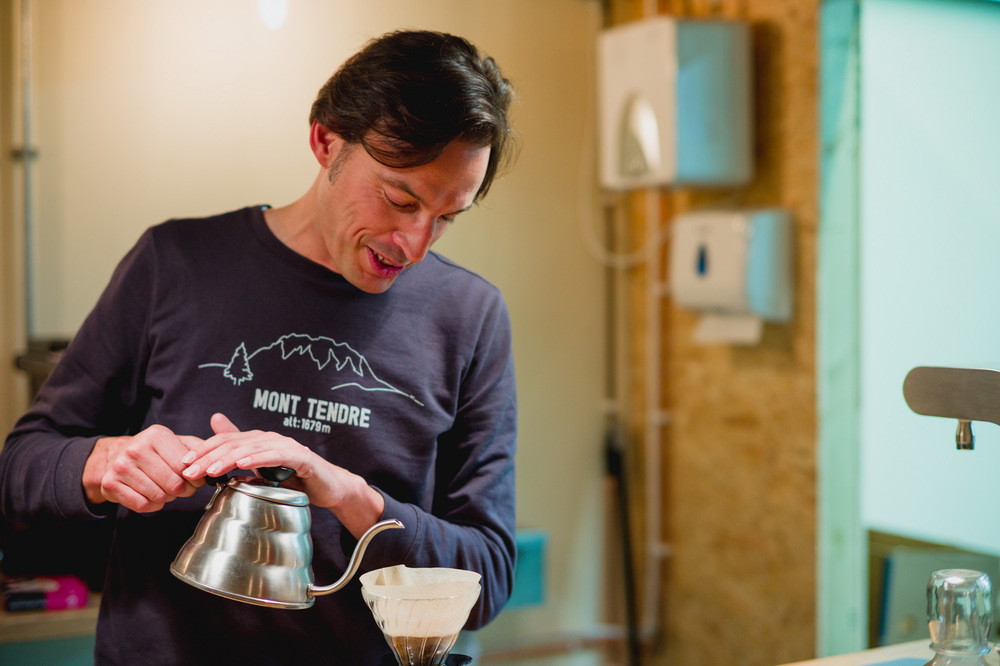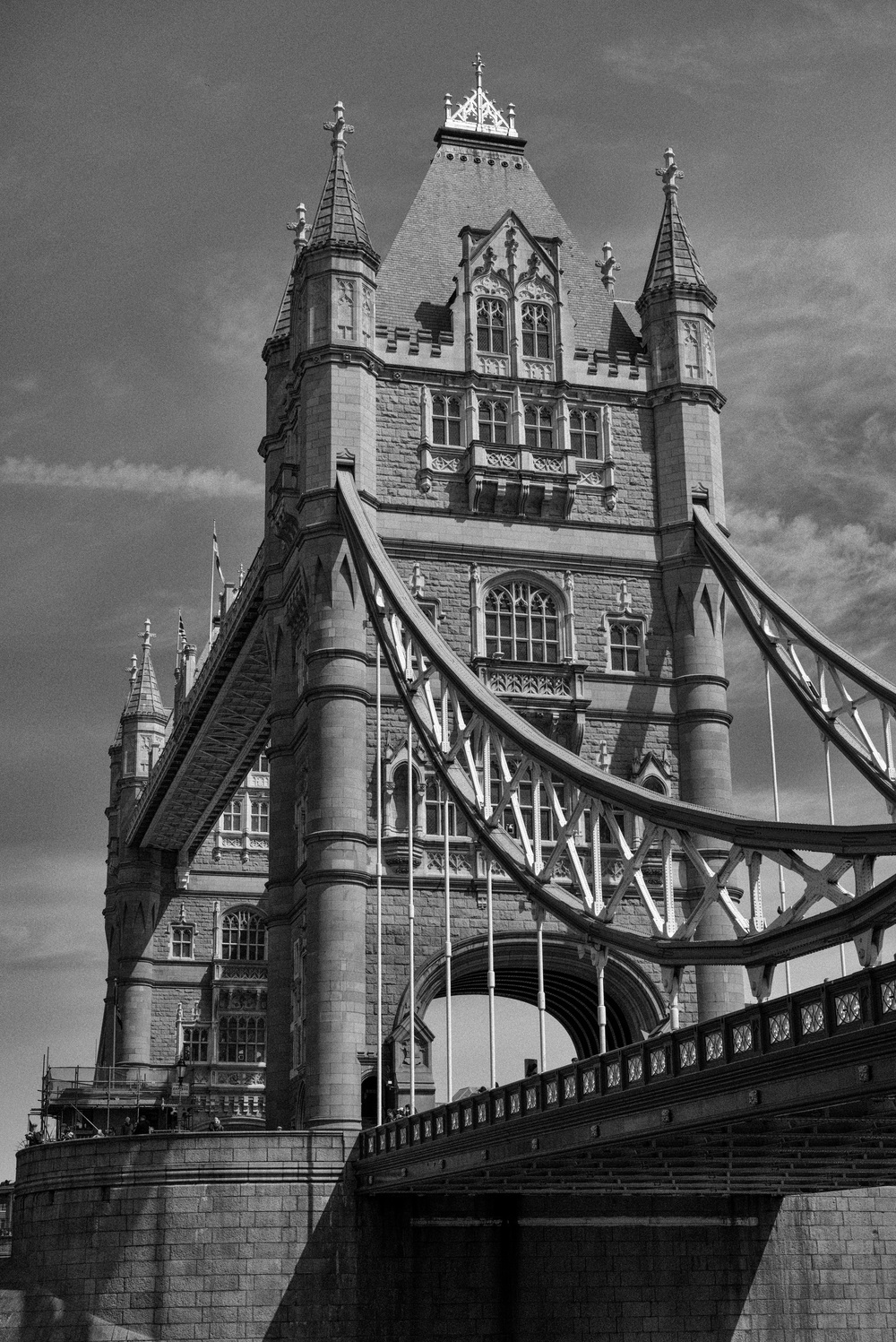
Despite the scourge of digital rot, Leica cameras seem to sail on almost regardless. Yes, there is heavy depreciation initially, as with any digital camera. But I am constantly reminded of the relative resilience of the CCD-sensored M9 which was introduced all of seven years ago. The M8, with its APS-H cropped sensor, is still around in large numbers and used daily by rangefinder enthusiasts. That camera is now ten years old.
Recently, I’ve had anecdotal evidence (and some direct input from friends) that the M9 is attracting many converts after last year’s sensor corrosion débâcle. For a time, the thought of corroding sensors sent second-hand values plummeting. But Leica did the right thing and offered to replace the sensors without charge. This was undoubtedly an expensive hit to the balance sheet but, as most will agree, a necessary action that brought a great deal of public relations kudos to Wetzlar. It also revived the fortunes of the M9 overnight.

Despite its relatively poor screen and lack of live view, the M9 still performs as well as it always did. Some believe that the CCD sensor produces more natural results than the modern CMOS components in the Leica M. M9 fans treat the screen as a place to adjust the menus and, in any event, many don’t bother chimping. Think of the M9 (and the M8 for that matter) as an M-D with a large menu panel.
Whatever attracts users back to the earlier cameras, the interesting aspect is that seven- or ten-year-old bodies are still selling for upwards of £3,000 on the used market. The last M9-P is undoubtedly the choice buy, while the M8 can be had for well under a grand.

The M8 should be approached with some caution, particularly since stocks of rear screens are almost non-existent. The screen can suffer from staining but, if you think of it as purely a place for menu adjustment, this isn’t a deal breaker. Also, with the M8, you have to consider the 1.33 crop factor which turns a 35mm Summicron into a 47mm and a nifty fifty into a slightly less nifty (but, on the other hand, portrait-friendly) 66mm. The introduction of the M8 revived the fortunes of the popular 28mm f/2.8 Elmarit which turned into a useful 37mm for street photography.
Proof in the M-D
The M-D has proved that the simplicity of a rangefinder camera without live-view or video can attract buyers. For them, the idea of a nice M9-P or Monochrom Mk.I is also an attractive proposition. Even I have considered one or other of these cameras as a long-term addition to my sole M-mount digital, the M-D. In many respects I do prefer the slightly smaller M9 body; it feels just a tad better in the hands.
My friend Hamish Gill of the well-known 35mmc blog has recently been experimenting more with digital—he is primarily a film man—and has been sampling both the M8 and the M9. He recently sold his M8 and bought an M9 and has been using it mainly with his beloved f/1.5 Zeiss Sonnar (see our review here). You can read his experiences with the new “classic” here.
Steady values
I have no doubt that if you want a relatively inexpensive entry into the digital M world you should consider an M9 or M9-P. They are plentiful on the used market, even from reputable dealers such as Red Dot Cameras, and represent good value for money. Values are not going to drop off a cliff and the M9 still has a lot of life left in it. The rules of digital rot certainly apply to Leicas as to any other modern camera. But, because of the desirability of the simple rangefinder approach to photography, a seven-year-old Leica can still hold its own and provide oodles of fun and satisfaction.
_______________
- Subscribe to Macfilos for free updates on articles as they are published. Read more here
- Want to make a comment on this article but having problems? Please read this

I would just like to underline the recommendation of Red Dot Cameras – a marvellous firm to deal with even at a long distance. Their gradings of condition can be relied on – all my three purchase have lived up to and exceeded expectations. (Digilux 2, IIIf red dial screw mount, and X1)
Thanks for the confirmation, John. As you realise, we don’t take advertising or sponsorship on Macfilos and I would never recommend anything or anyone I did not personally believe in. I am sure there are many great Leica dealers all over the world but I keep mentioning Red Dot because I know they are very honest in their dealings and bend over backwards to keep their customers happy. Unlike many retailers, they realise that a happy customer will come back. Often I hear of people buying M3s and suchlike on eBay and not necessarily getting a cheaper camera than one from a good dealer. In any case, the dealer is worth a few extra dollars or pounds for that peace of mind.
Interesting reading! Bought my M9 in February 2010, and my MM in December 2013. Yesterday, I found the first signs of sensor rot on the M9; none on the MM yet. Already decided to send the M9 in for sensor replacement instead of getting a newer model, only waiting till after the autumn colours… Love these cameras!
I’m considering trading my M240 for an M9 or maybe an MM. And on a side note: last week I traded my Fuji X-E2s + XF 35 f/2 for an M8. I really don’t like Fuji-gear, and who needs a screen anyway! 😉
Nico, that sounds a sensible choice providing you are making a bit of money on the M/M9 trade. I also exited Fuji, though not because I have anything against the system. In fact, as Bill Palmer keeps pointing out, the X-Series is a versatile and attractive package. I decided to go with Olympus as a second system (to M/SL) simply because of the small size.
Hi Mike, I don’t have anything against Fuji, other than that I don’t like cameras looking retro just for the sake of it. Some people get excellent results from X-Series cameras (see Bill P. for example), but not me. One soft picture after the other…
I have used an X100S, X-E1 with 35mm f/1.4, and X-E2s with 35mm f/2: I keep trying to like them, but no more! I prefer even an M8 over any Fuji, no matter how versatile. Who needs versatility anyway! I know I don’t 😀
In my experience the design of Fujifilm cameras is more than just about appearance. For me they handle much better than current Leicas, and I am speaking as someone who has a large collection of Leica cameras. I am not talking about autofocus, as I use Leica lenses and manual focus on Fujifilm cameras at least 50% of the time. I would agree that the image quality is better out of current Leica Ms. I have to make a decision every time I go out to shoot photos about which do I need; superior handling or superior image quality. For most of my purposes, Fujifilm has sufficient image quality. I hope that Leica borrow some of the handling features from Fujifilm in the next iteration of the M. I am not so hopeful, though, as Leica design these days often favours style over substance. For me, the pinnacle of Leica perfection was the M3.
William
Hi William, I think we just have to agree to disagree about the handling. After adding a Thumbs-Up to my M240, handling is perfectly fine. Not better than a Fuji, but definitely not worse 🙂
I have never seen the point of having a ‘thumbs up’ except with the wind lever of the M3 Double Stroke in order to make sure that two strokes have been completed. Other than that, the idea of having my thumb stuck up in the air is just plain awkward and would not improve my grip. My point about the Fujifilm models is that they have fully marked dials which can be used to adjust settings. For me, they are much quicker and easier to use than the thumbwheel thing on the M240 which for me is awkward and much slower to use. I never use menus or settings options and I shoot with an X-Pro 2 exactly the same way that I would shoot with an M3 or, for that matter, an M-D (which I don’t have) except that the focus confirmation is different. As someone who regularly uses Leica cameras from the 1920s and 1930s, I find that the Fujifilm handling and ergonomics are much more traditional and easier to use. All of these preferences are personal, of course.
William
Oh, I see. Well, I hardly ever adjust settings while out and about, therefore I don’t need all of those Fuji-dials and wheels and what not. I select ISO before I leave my house, and set WB to automatic. The only dial I need is the shutter speed. The less buttons/dials a camera has, the better I like it. And when I do need to adjust ISO, the thumbwheels works just fine… I basicly use my M like it is an M-D. How M3-like can you get? 🙂
The Fujis I have used (x100s, x-1 and 2) where nothing special when it came to handling and egronomics. Perhaps the x-pro2 is significantly better than the models I mentioned?
And by egronomics I mean ergonomics. It’s late, and I don’t speak English…
Mike, where is the ‘edit’ button??
I don’t think there is an edit button. Big fault and I have the same problem.
As you know, William, I agree with Nico on this. I love my Thumbs Up grips. I got an industrial-scale grip for the SL and it helps enormously with the stability. It’s another of those personal things.
I agree it is down to personal taste. You don’t have to use menus or buttons or screens or dials on cameras just because they are there. The M240 actually has more functions that are menu driven than the X-Pro 2. I shoot both of these models as though they were an M3. The bit that drives me mad with the M240 is where you have to keep the camera to your eye and fiddle around with a thumbwheel to get exposure compensation. I find this to be slow and clunky compared to just making the setting as on the X-Pro 2. As for the ‘thumbs up’ thing, I reckon I will never ‘get it’.
Like Nico I make settings as I am starting to shoot and do not change them except for exposure compensation for varying light conditions which are quite common where I live.
Willliam
I tend to agree with you on versatility. That’s why I find the M-D so refreshing. Nothing to think about but aperture, focus, click.
Ah yes, the M-D… I’d really like to try (or better: buy) one! A fluff-free camera… amazing!!
So the question is Mike…
Did you or didn’t you, acquire that MM?
Hi Stephen. No, it was a fair price and is still available but I decided not to buy, mainly because I have too much stuff to contend with at the moment.